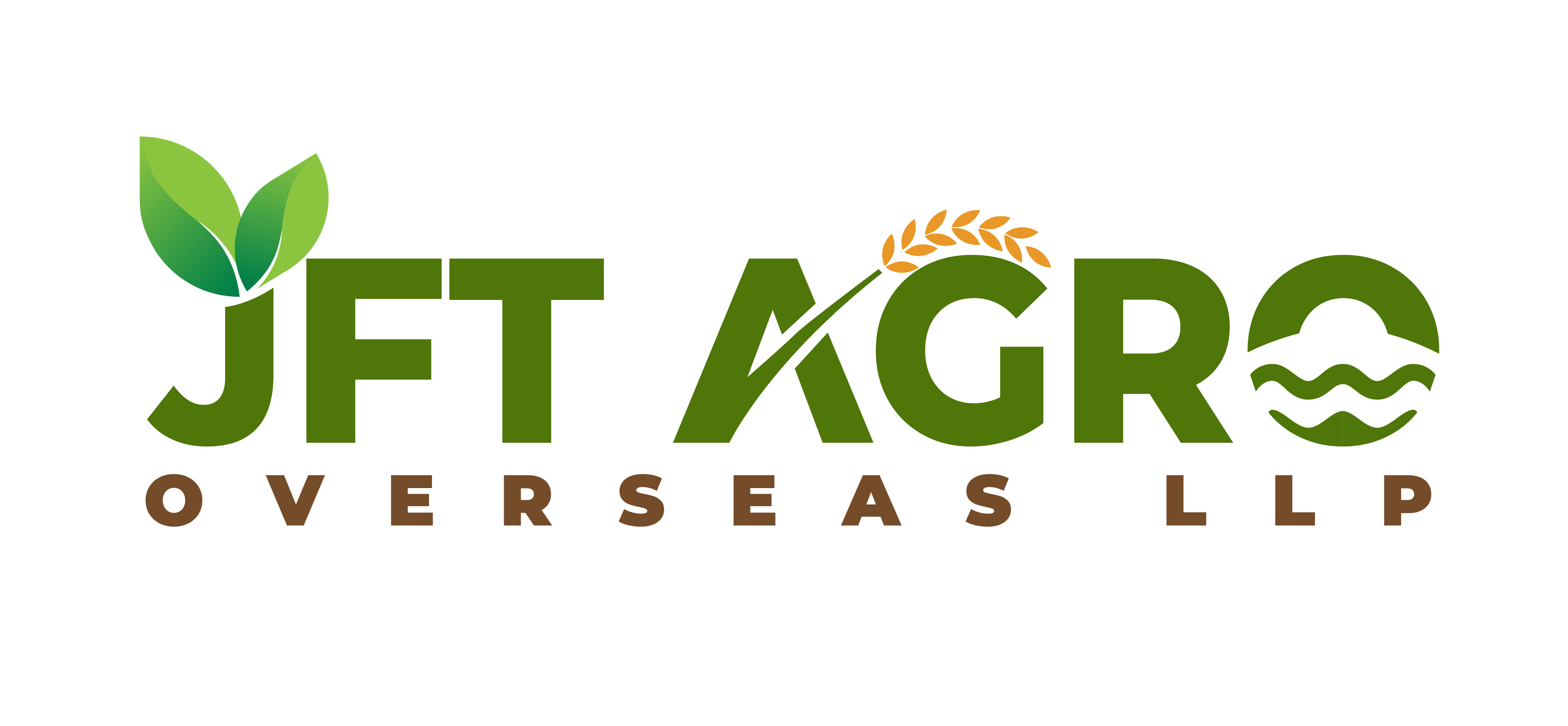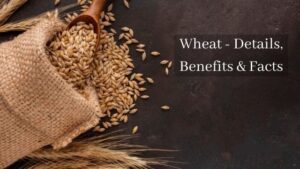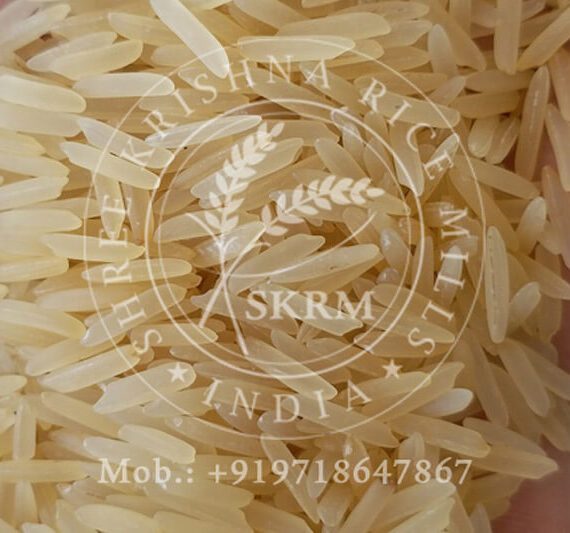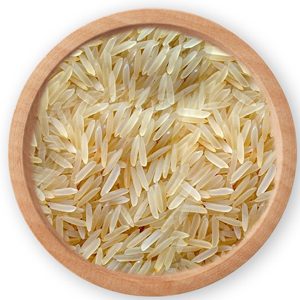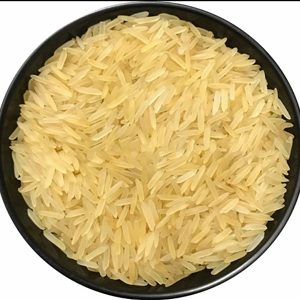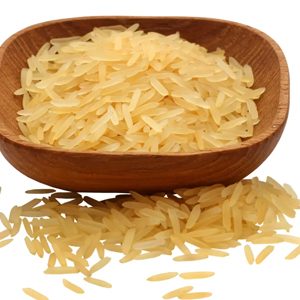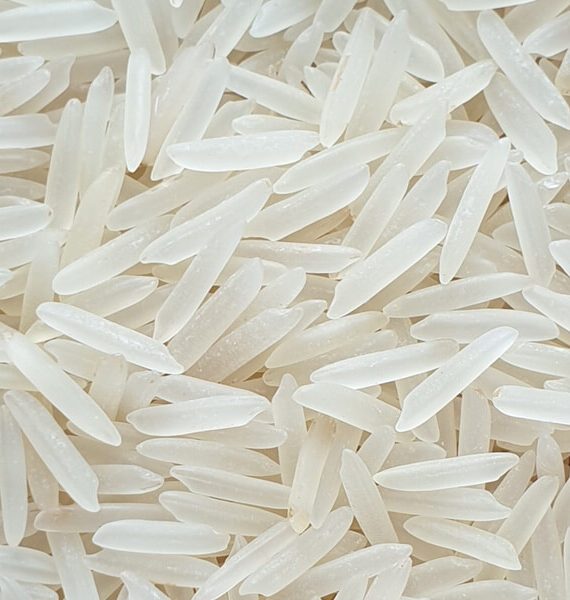THE KEY BY-PRODUCTS OF RICE
Rice, wheat, and maize are the three global staple foods. They, together, account for more than 42% of calorific intake. Globally, India is the second-largest producer of rice. Rich in nutrients, vitamins, carbohydrates, and minerals it is a major staple food in India.
What Are The By-products of Rice?
A by-product is a secondary product, usually a derivative of a manufacturing process. The process of producing edible rice by removing the husk and bran layers is rice milling. This process produces by-products of rice which are rice straw, rice husk, and rice bran.
